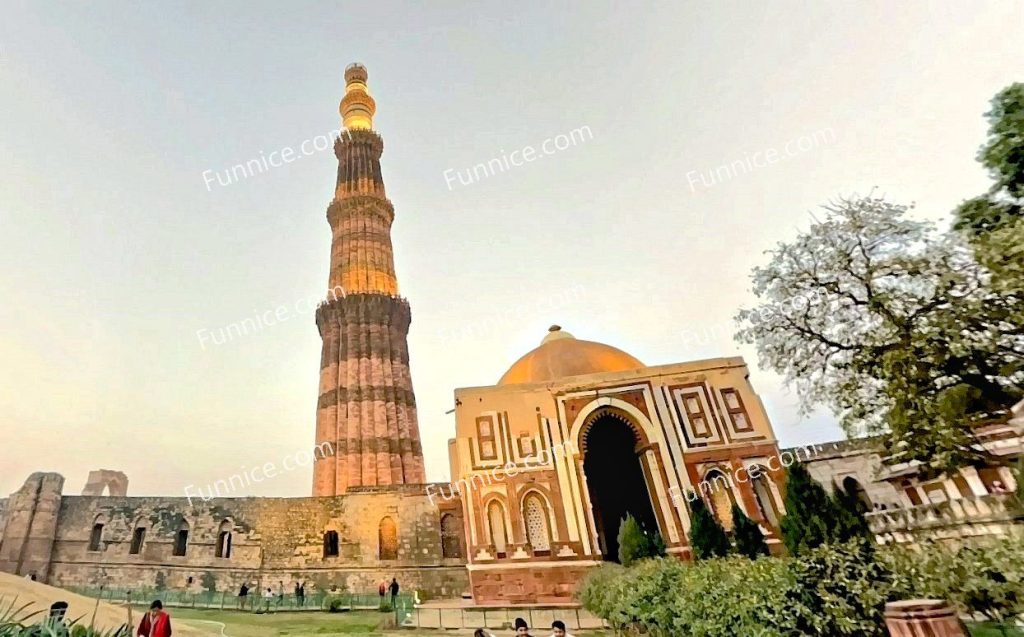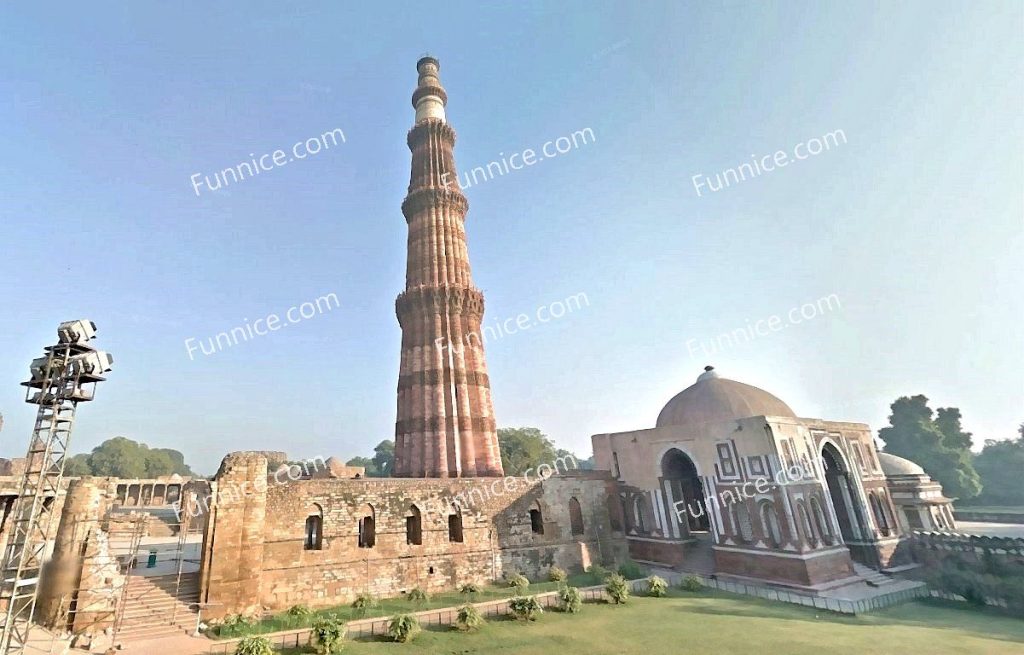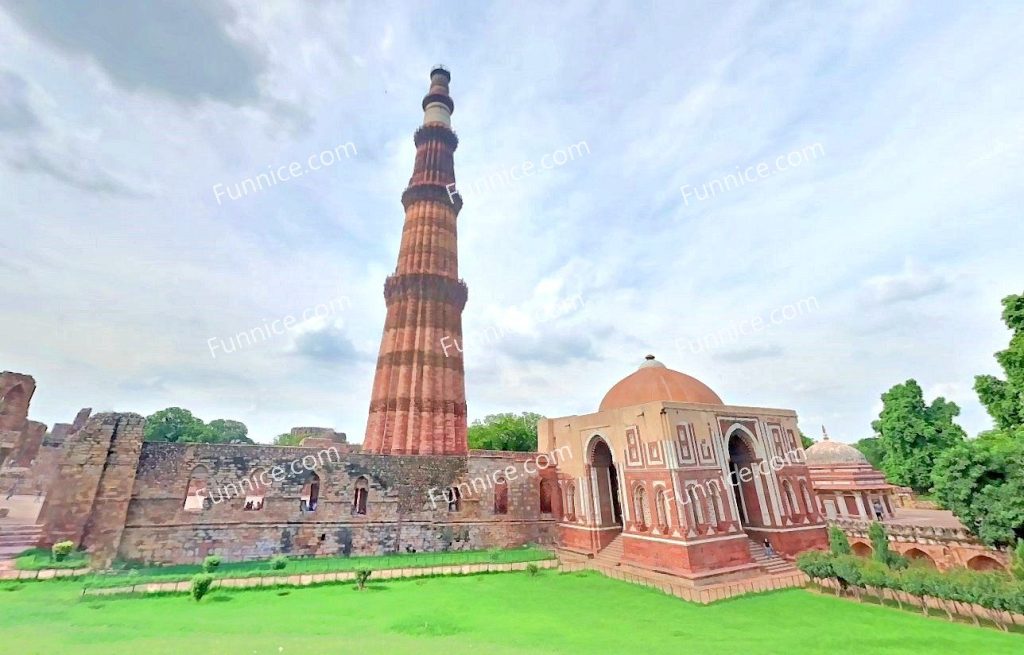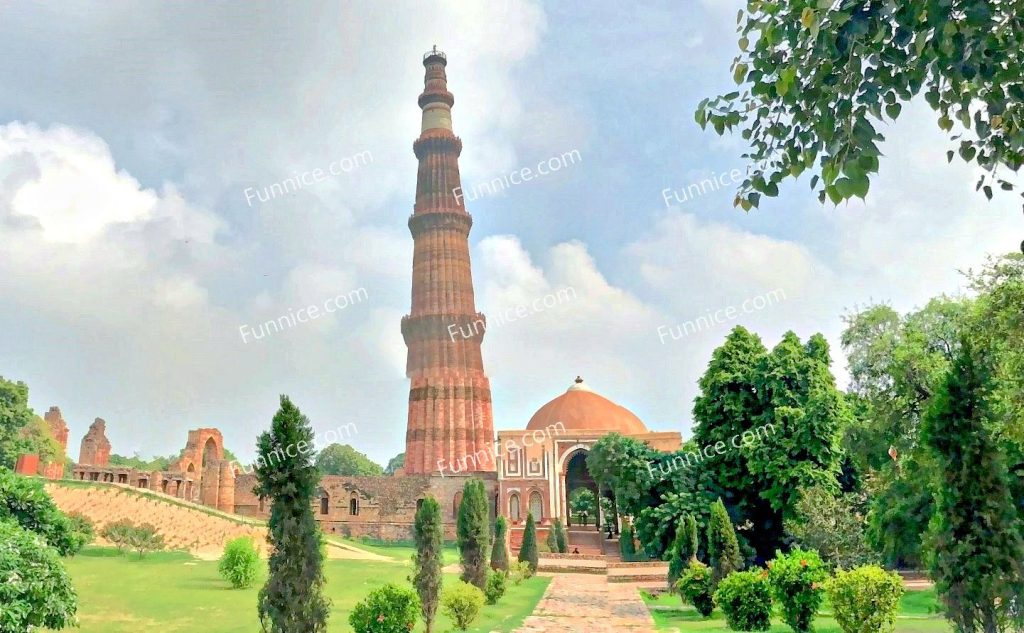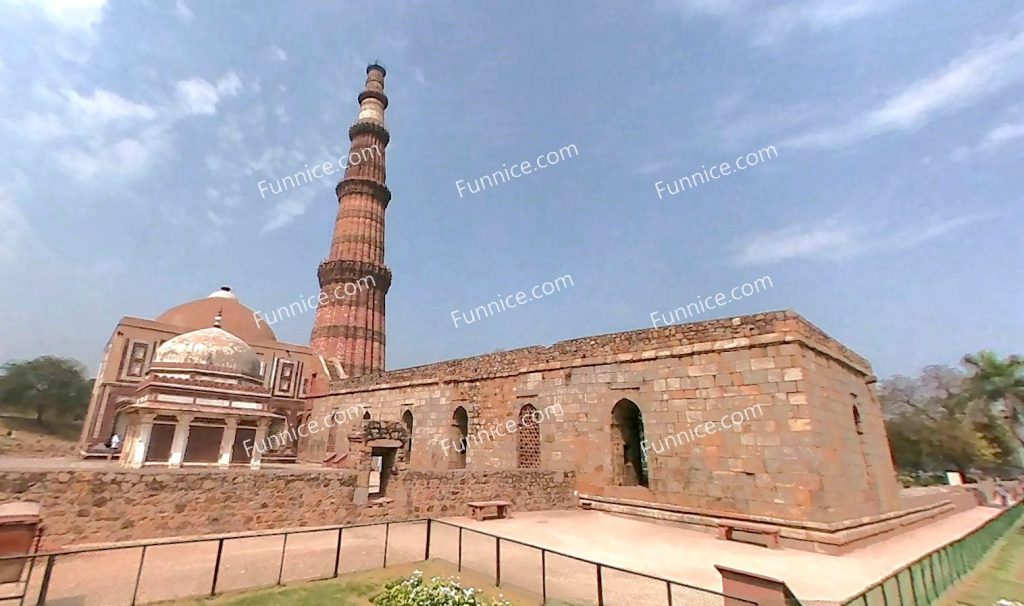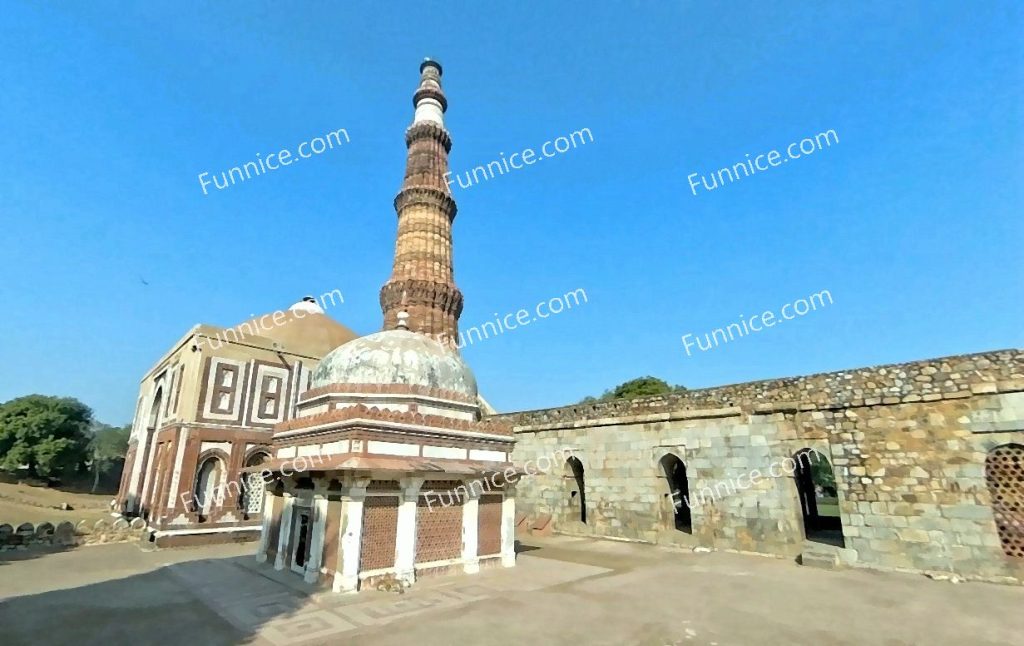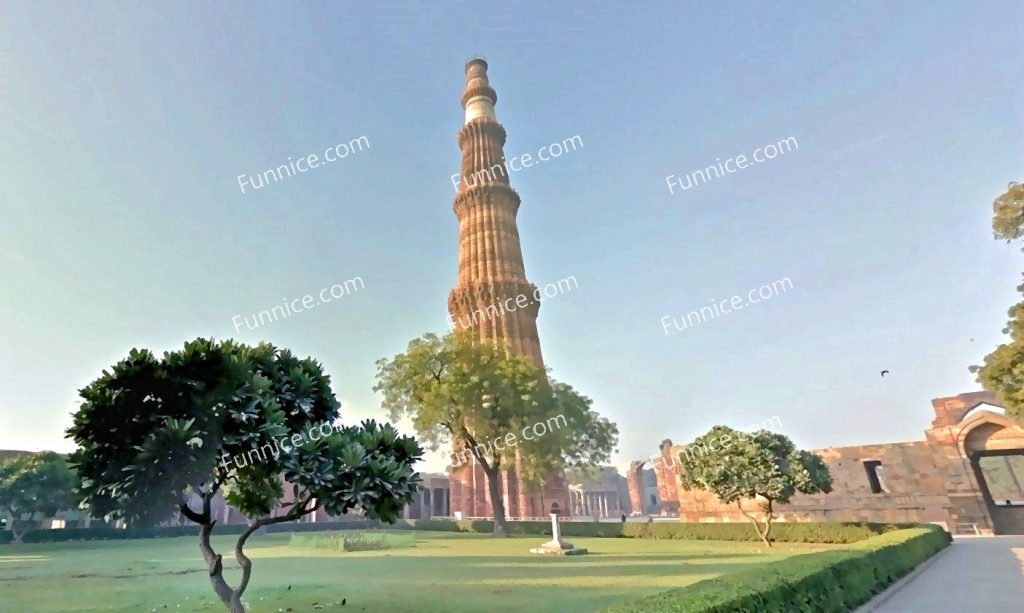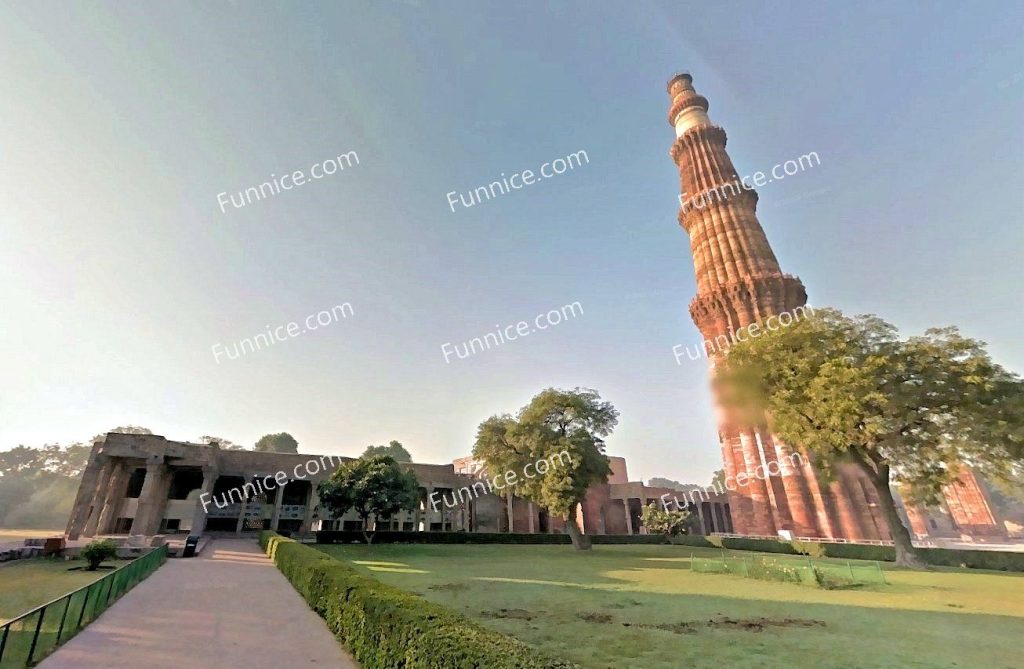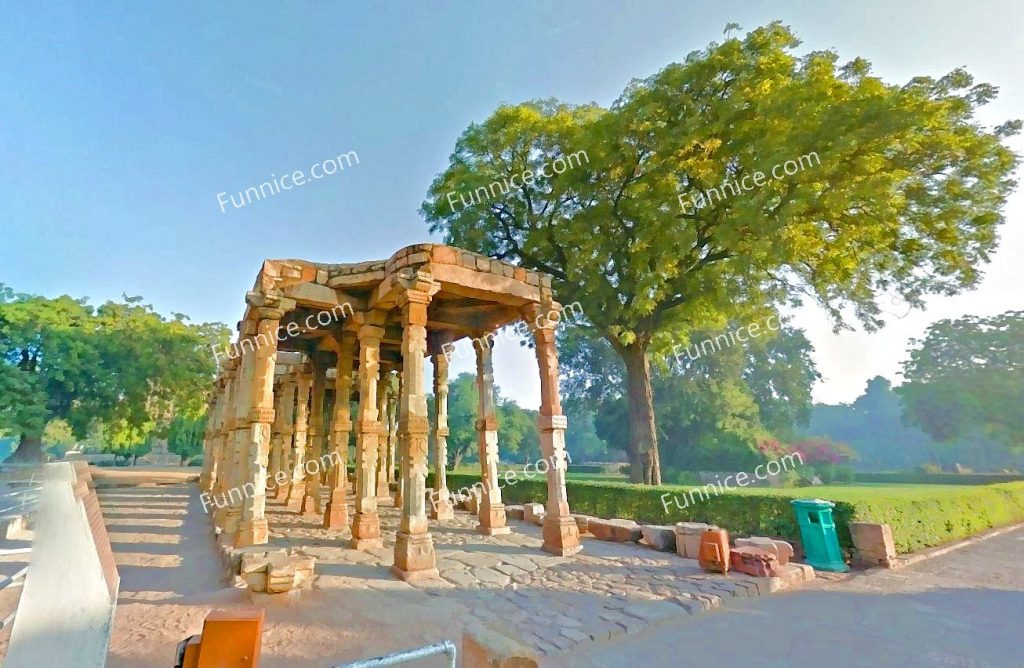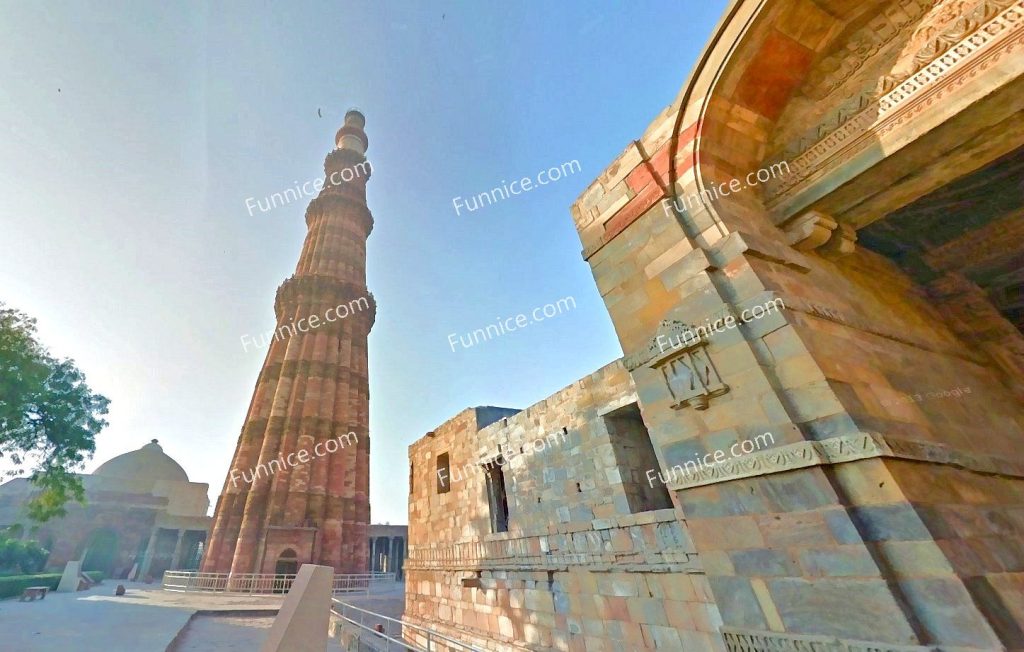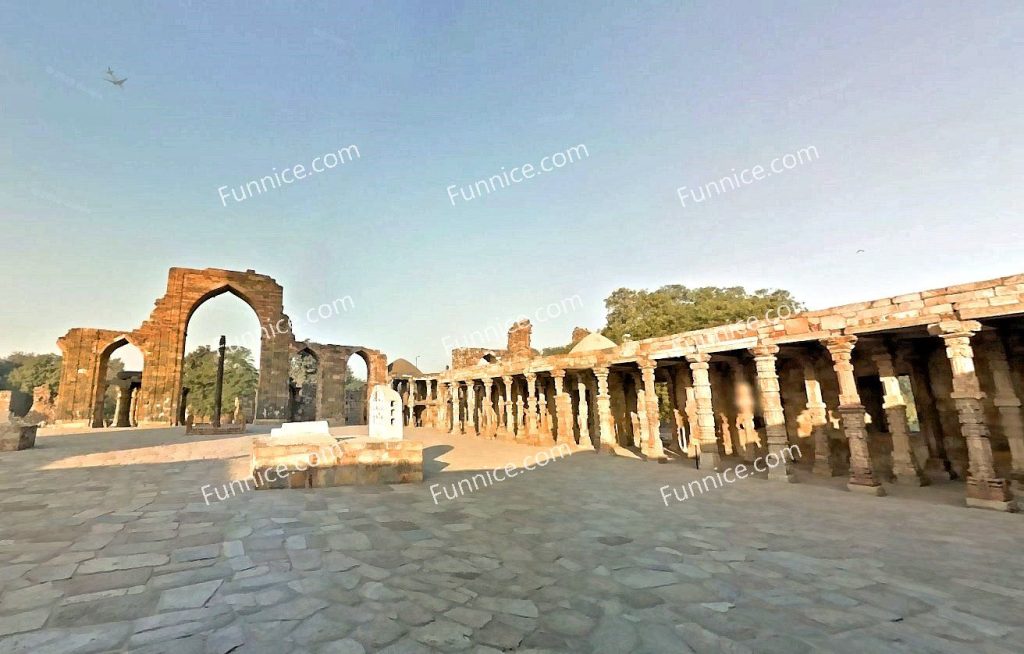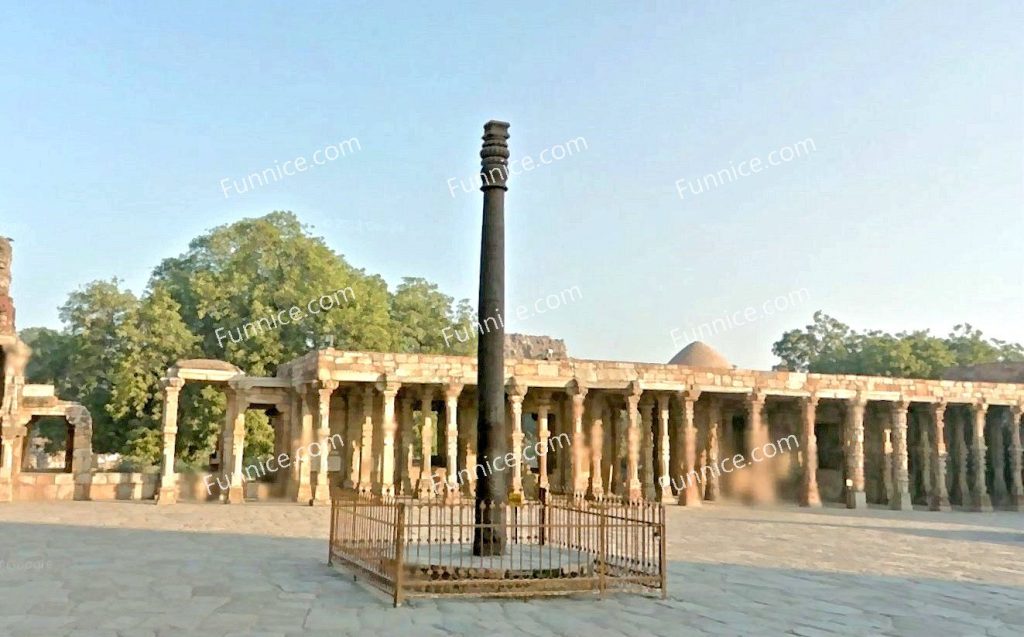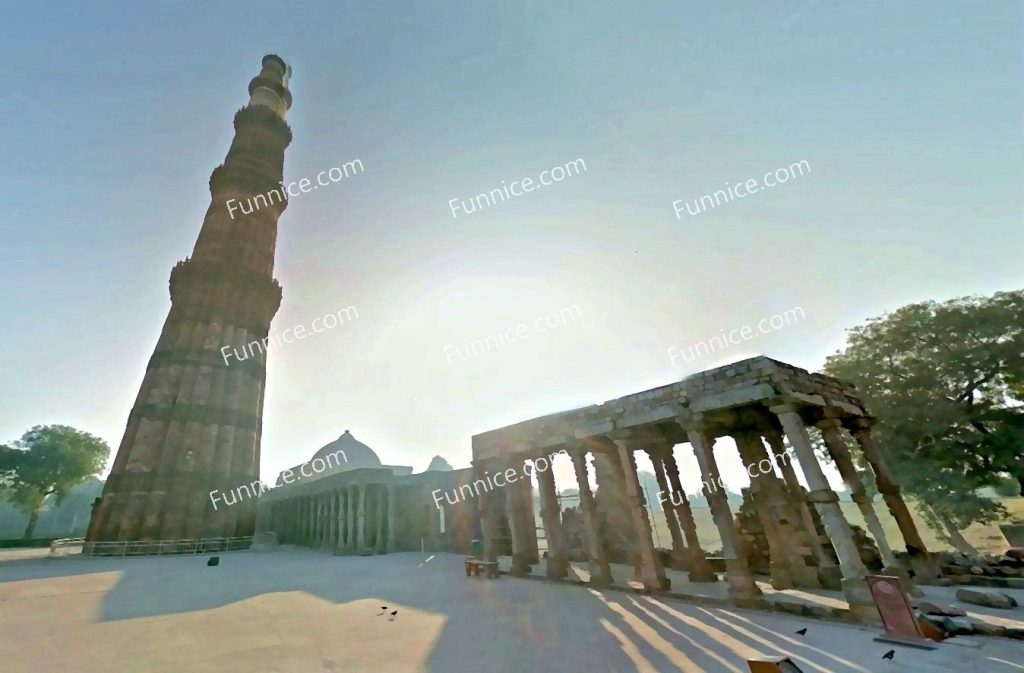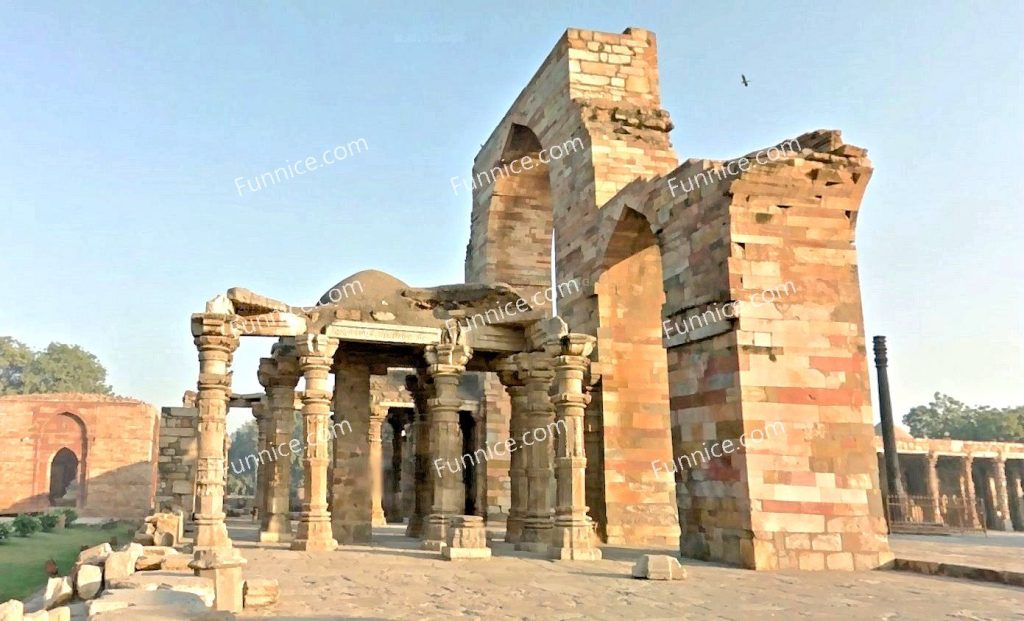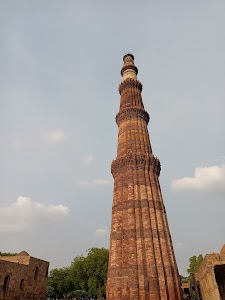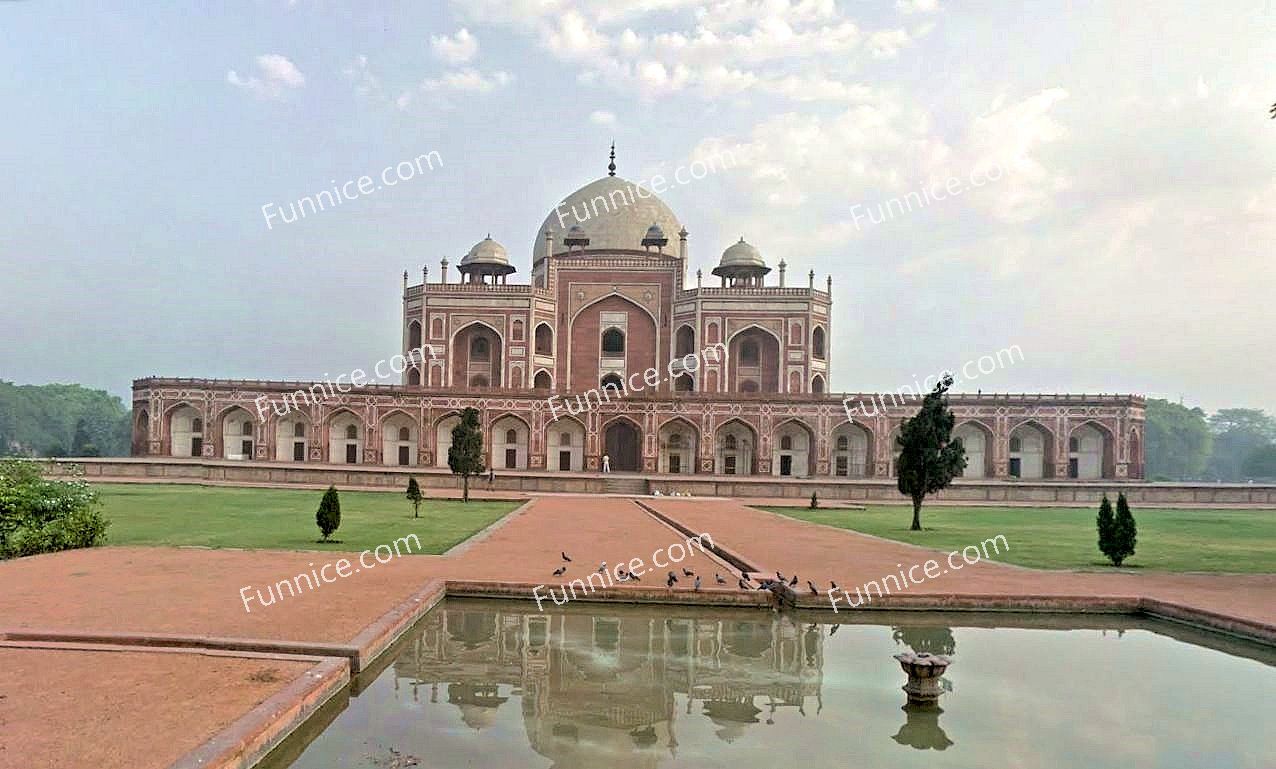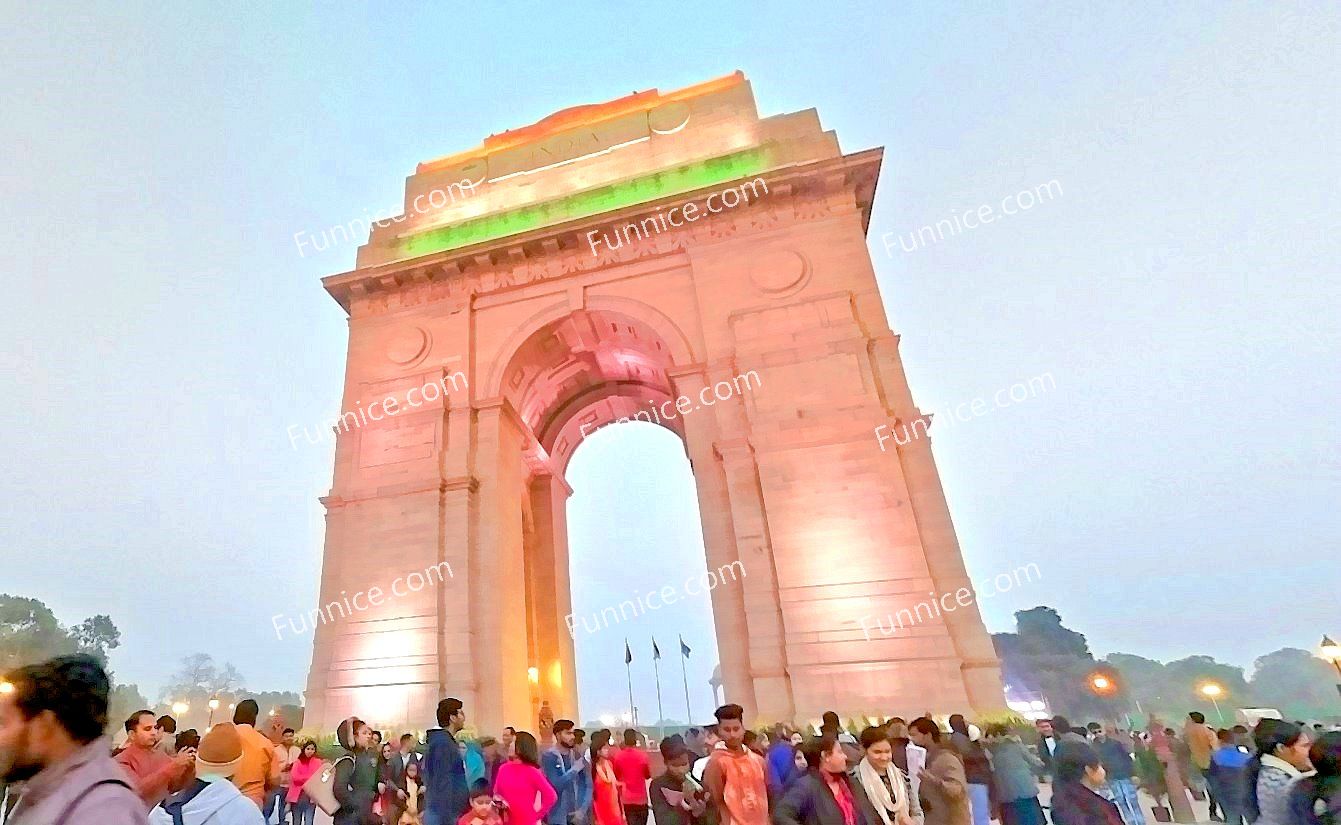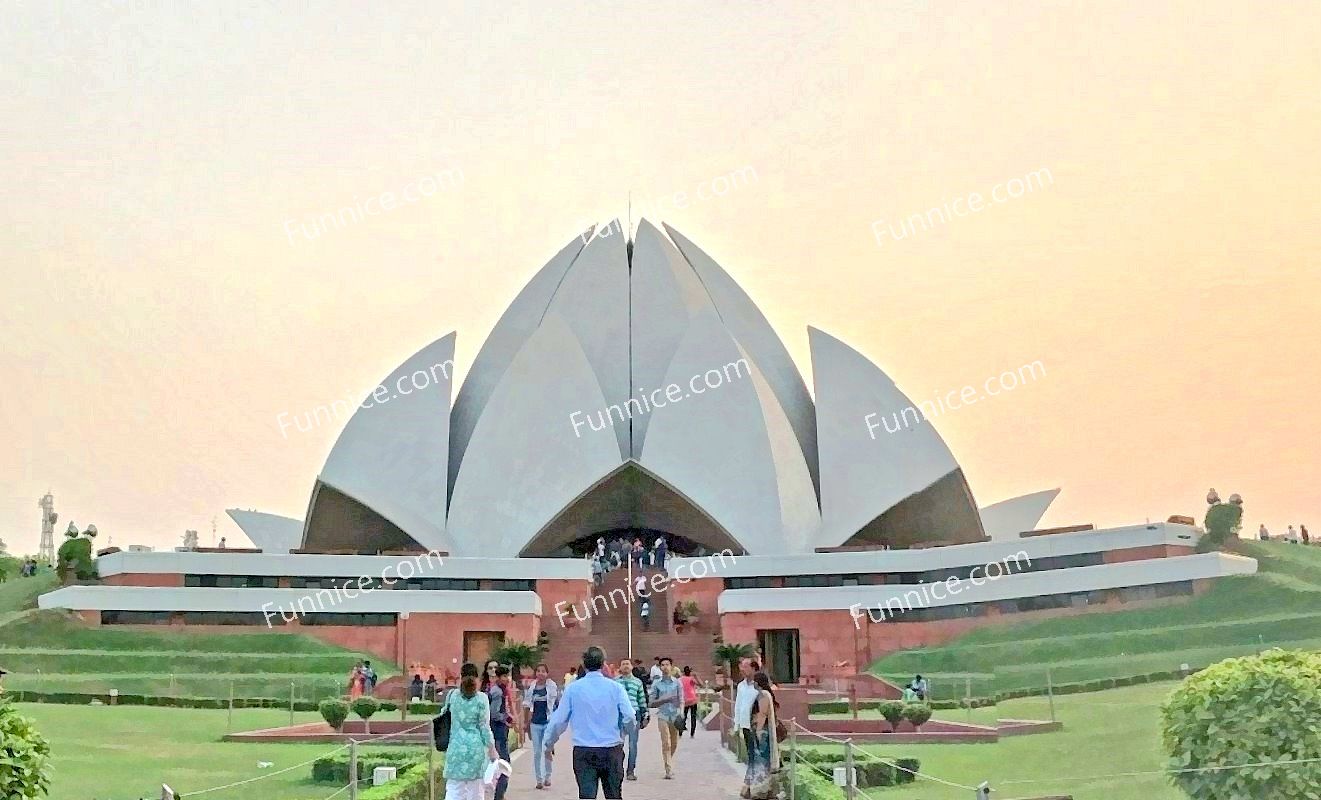Qutub Minar, also known as Qutb Minar or Kutub Tower, is the tallest minaret in India, located on the outskirts of New Delhi. It was constructed in phases between the 12th and 13th centuries after the Islamic conquest of Delhi. In 1192, Qutb-ud-din Aibak, the founder of the Delhi Sultanate’s Slave Dynasty, initiated its construction, and his successor, Iltutmish, later completed it.
Built primarily from red sandstone and marble, Qutub Minar stands 72.5 meters tall with five distinct levels and 379 steps leading to the top. The base has a diameter of 14.3 meters, which gradually tapers to 2.7 meters at the summit. The tower is adorned with intricate Arabic inscriptions. In 1803, an earthquake damaged its top section. Surrounding the tower, the complex also features ancient temples, tombs, and a legendary 1,000-year-old iron pillar, believed to grant wishes to those who can encircle it with their arms. In 1993, Qutub Minar was designated as a UNESCO World Heritage Site.
Before 1981, visitors were allowed to climb the tower for panoramic views. However, on December 4, 1981, a power outage plunged the interior into darkness, causing panic and a stampede that resulted in 45 deaths, most of whom were children. Following this tragic incident, authorities permanently closed access to the tower’s interior to ensure visitor safety.
